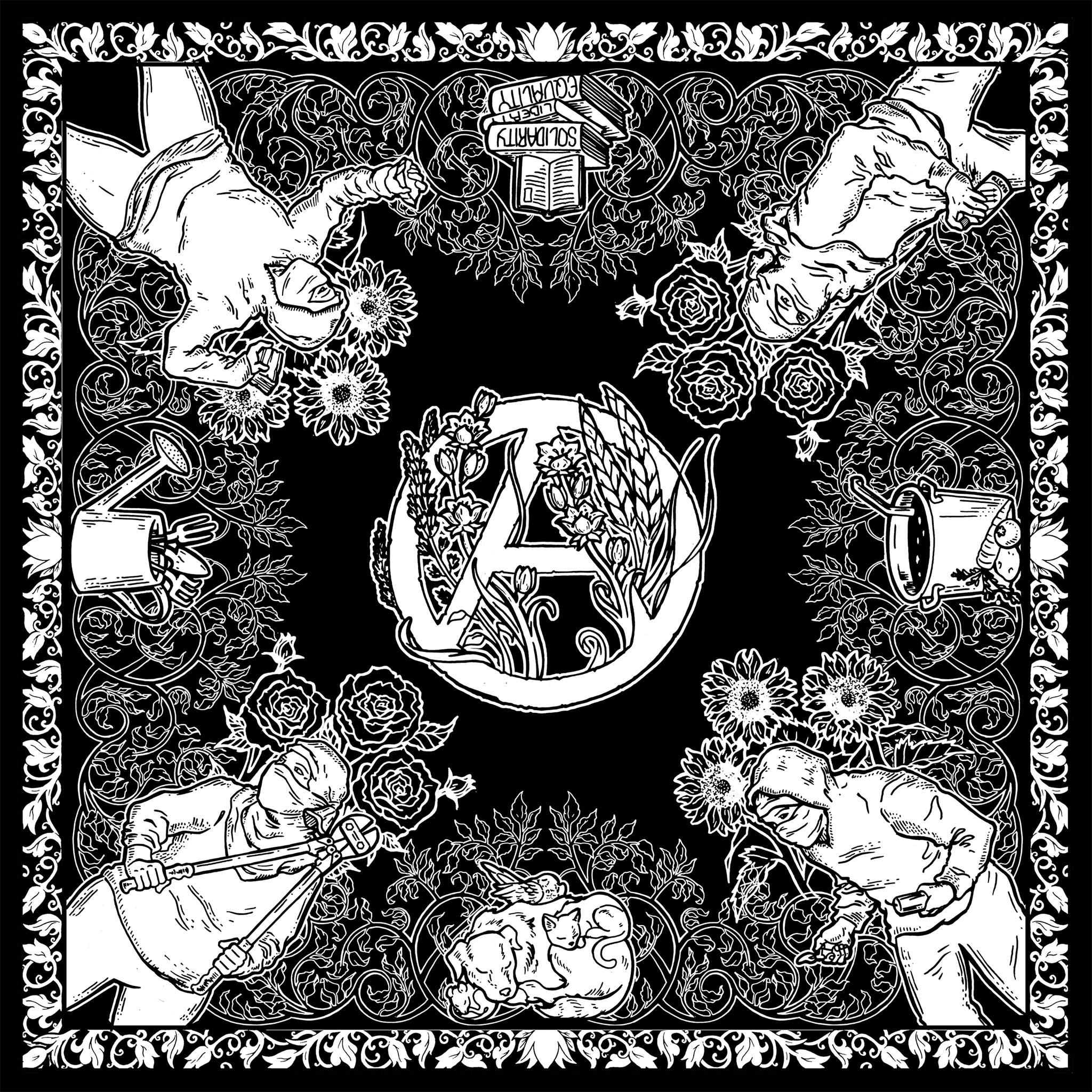Some quotes from the article (see end for reference). All of these are quotes, so they will not be marked up differently. Some of the quotes are only for context.
CW: racism, obviously, we’re talking about imperialism.
The territorial expansion of the British rule in India resulted in an increased interest in the Indian environment and its effects on the health and livelihood of Europeans. Contemporary physicians, historians, naturalists and others contemplated about the ability of the Europeans to settle in their newly conquered land.
According to Mark Harrison, ‘. . . there was considerable optimism [among the Europeans] in the late eighteenth century about the possibility of acclimatization. Even the high mortality and morbidity experienced by newcomers could be reduced, it was claimed, if they took care to avoid excessive consumption and exercise.’
The British conception of what should be the ‘ideal’ food habits for the novice English officialdom and how these perceptions were linked to specific ideologies of the Raj which helped to evolve the cultural identity of the English ruling class.
India and other tropical countries became synonymous with lethargy, effeminacy and decay. Temperate climate, on the other hand, were believed to breed strong independent types, full of manly vigour.
The first generation of Company surgeon discovered that by observing these, the indigenous people have been able to keep healthy and the Europeans for preserving their health in the tropical climate should follow the same practice. In this regard attention has been directed to the inappropriate diet of the Europeans. Charles Curtis, a surgeon associated with the naval hospital in Madras in the 1780s cautioned the new British recruits to India, against over consumption of meat. He warned against the “…the European habit of using a great deal of animal food…till some stomach or bowel disorder occurs to check it.” And a way of preserving the European health was to forsake “a generous contempt for what they reckon the luxurious and effeminate practices of the country…and accustom themselves to what are called the native dishes which consist for the most part of boiled rice, and fruits, highly seasoned with hot aromatics, along with meat stews and sauces, but with small proportion of animal matter.”
By the end of the 18th Century, many influential authorities were advocating a Hindu diet, consisting mainly of vegetables, at least to the newcomers to India. The celebrated James Johnson writing some years later also advocated the adaptation of the Hindu Vegetarian diet. James Johnson argued, “That Vegetable food, generally speaking, is better adapted to a tropical climate than animal, I think, we may admit, and particularly among unseasoned Europeans…”
Jayanta Sengupta, however, has argued that this rule was voraciously flouted by the Europeans. The Europeans regularly consumed huge quantities of different kinds of meat including pork and beef. Stomach disorder or even liver dysfunction would be the resultant effect, if this diet was continued daily. But the English blamed the weather for their illness rather than their insatiable appetite. The Governor Philip Francis wrote in 1775, “I am tormented with the bile and obliged to live on mutton chop and water. The Devil is in the climate I think.”
George W. Johnson recollected in his memoirs written in 1843, a typical breakfast menu of the English ruling class which “ … is no mere –slop-and bread- and- butter affair, but fish, curry. Eggs, ale, coffee, tea, are all gathered in together, not omitting the usual subduers cakes and buttered toast. And J. H. Stocqueler narrated a breakfast menu, which included but was not limited to, “… the omelette, the rice, the fish, the muffins, the chitnee, the cold meats, and the fresh and fragrant tea,-all have a tendency to create an appetite beneath the ribs of death, and to render gaunt famine, or penurious scarcity, quite impossible visitants.”
[Dinner] is usually composed of, in the first instance, an overgrown turkey (the fatter the better) in the center, which is the place of honour; an enormous ham. . . at the top of the table appears a sirloin or round of beef; at the bottom a saddle of mutton; legs of the same, figure down the sides, together with fowls, three in a dish, geese, ducks, tongues, humps, pigeon-pies, curry and rice of course, mutton –chops and chicken cutlets. Fish is of little account, except for breakfast, and can only maintain its post as a side dish.”
This habit of over indulgence of the English rulers was however not restricted to food only and could be seen in every aspect of British life, particularly during the early decades of the Company rule. There was a conscious attempt to follow the aristocratic lifestyle of the erstwhile Mughal rulers or Nawabs of India. This adaptation was necessary because ‘what they perceived as Indian notions of how a ruling body should behave.’19 The English wanted to adopt a style befitting of the ruling class and to which the Indian subjects could identify with. As representatives of a colonial power, they were to keep a larger number of servants, and live at a greater level of luxury that would not have been affordable in Britain. Moreover, this extravagant lifestyle was legitimized on the ground of ‘superiority’ of the white ruling class and with the increasing racialization of the British Raj after 1857, it became a powerful signifier of ‘Britishness’, which helped to maintain their difference with the ‘inferior’ Indian ‘native’. Food and dress became the cultural sites on which the bodily difference of the rulers and the ruled was sustained. The lavish eating habits continued even during the late 19th and 20th Centuries as evident from the menus prescribed for English dinner as found in an Anglo-Indian guidebook.
That English diet in the colonies was now based on French influence rather than on indigenous food habits proved not only the ‘superiority’ of western food habits but also helped to firmly establish the racial assertiveness/arrogance of the European ruling class.
The cultural symbolism attached with food helped to differentiate the ruling with the ruled. And this bountiful consumption was approved to be the deserving diet of the ruling class. As food became a site of colonial supremacy, the adjustment, adaptation and transformation over the variety, ingredients and styles of recipes had received a connotation of cultural imperialism too.
Chowdhury, Rituparna Ray. “THE IMPERIAL DIET OF THE BRITISH RAJ: FOOD AS CULTURAL SYMBOLISM.” Proceedings of the Indian History Congress, vol. 76, 2015, pp. 581–87. JSTOR, http://www.jstor.org/stable/44156624. Accessed 2023.

